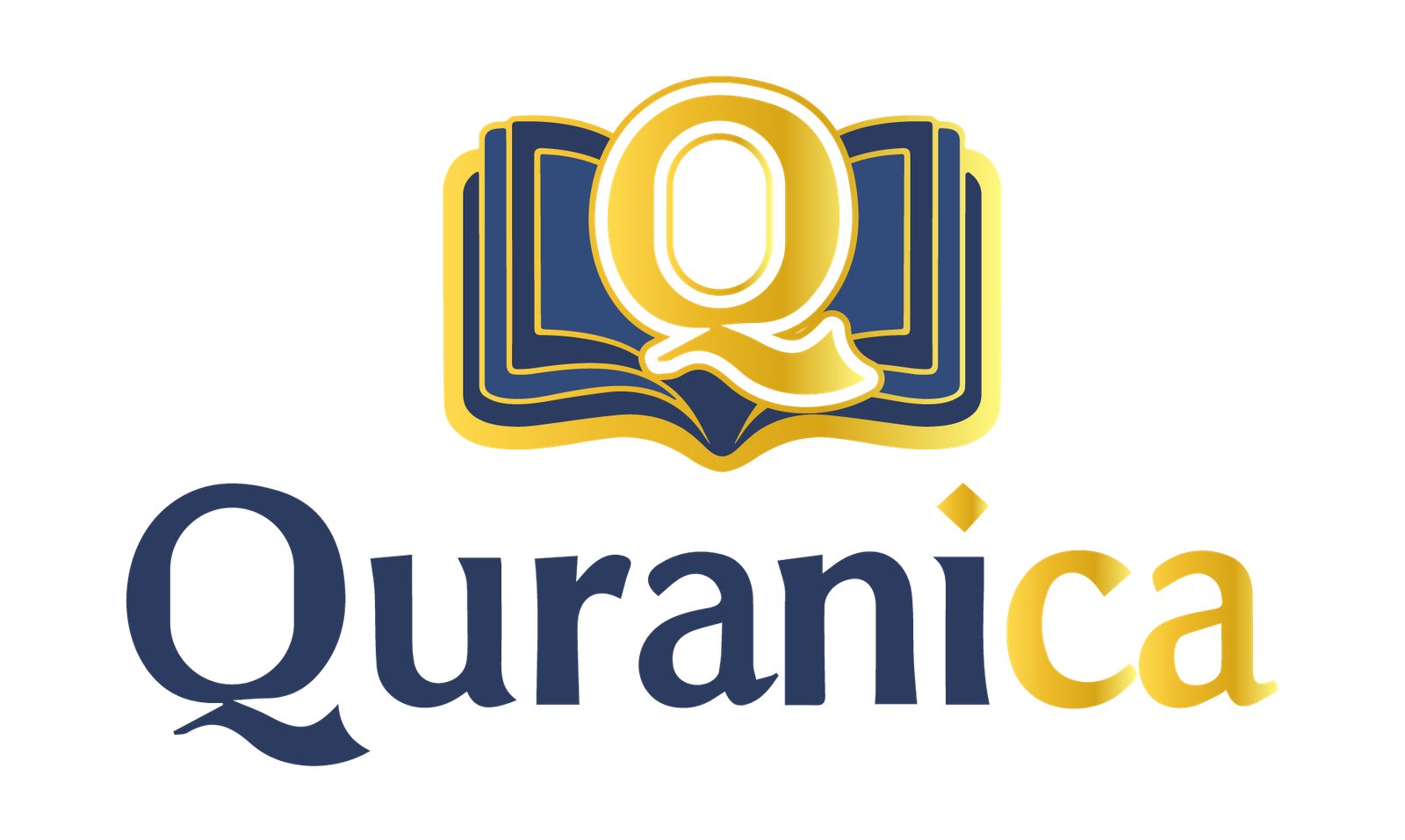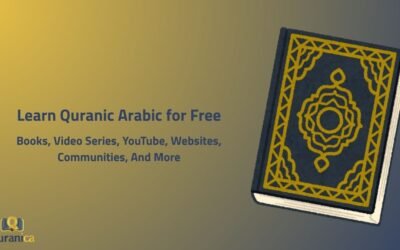If you want to learn Quranic Arabic, do not...
Our Blog
read more
Release of “Solomon” film
Anyone following this blog and our social media...
Is “Quranic Arabic” a pedagogical mistake?
Comment on the Video Featuring Dr. Mohammad...
Quick notes on the “pre-Muhammadan Qur’an”
How Did a Story Confirming the Antiquity of the...
Features of recitation in “Solomon and the Queen”
Introduction to Solomon and the Queen: An...
The making of “Solomon and the Queen”
Celebrating Ten Years of Quranica Just as we are...
Interpretive Issues in “Solomon and the Queen”
Introduction to Quranica's Feature Film "Solomon...
Tense Discussions… About Tense!
The Challenges of Translating the Qur’an Anyone...
Imam Ghazali on Interpreting According to “Opinion”
Excerpt from Ādāb Tilāwat al-Qurʾān (Book XIII...
Dealing with Difference
Differing and Disagreement: Discord or...


